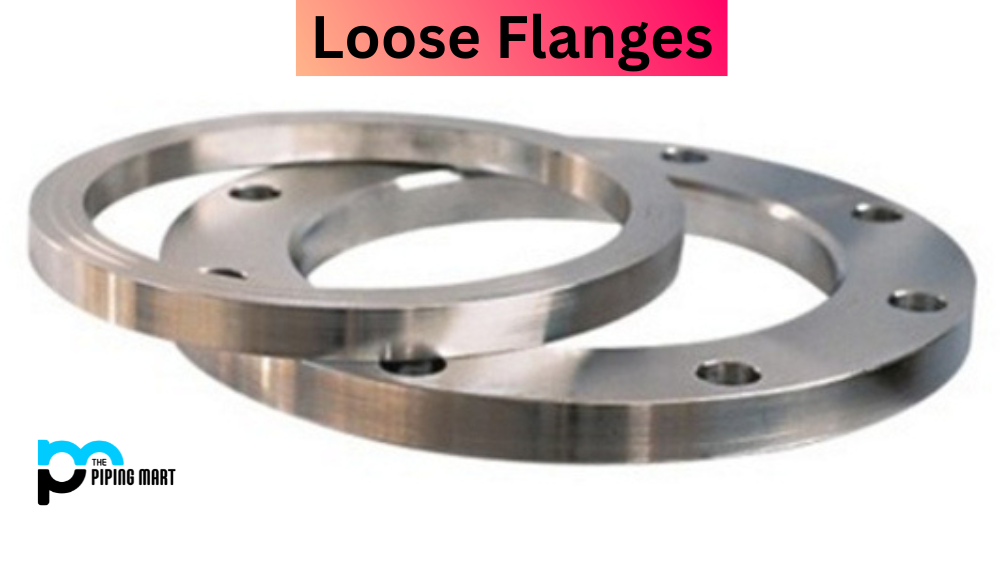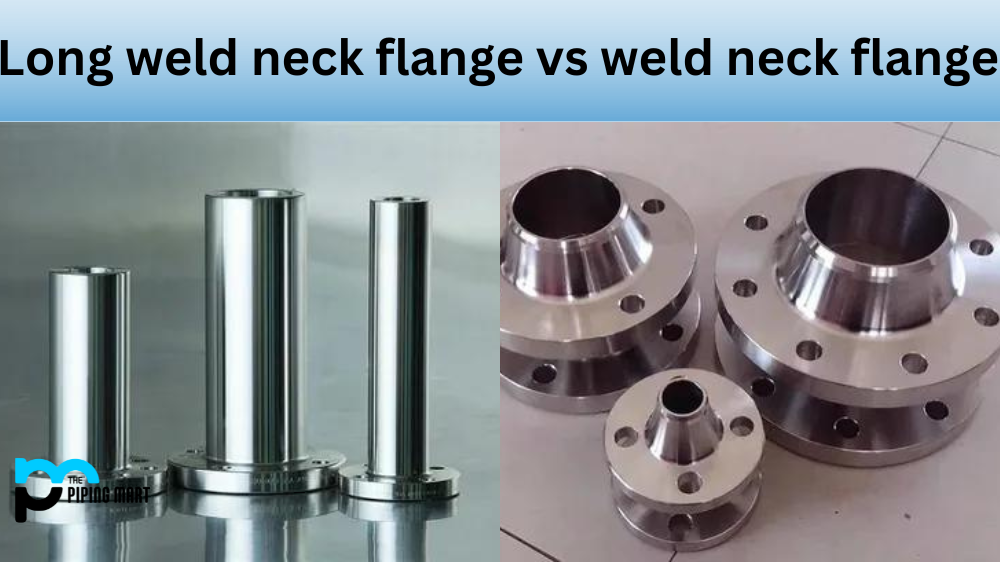Floating flanges are often used in industrial piping systems, requiring high-pressure and high-temperature operations. They are a crucial connection in a pipeline system that ensures a tight and secure seal between two piping components. This blog post will delve into the world of floating flanges, giving you a comprehensive overview of what they are, their uses, and various applications.
What is Floating Flanges?
Floating Flanges are components used in piping systems that allow for movement of pipelines and equipment. They help compensate for thermal expansion, vibration, and misalignment between connected pipe sections, as well as enabling changes in operating pressure without gaskets or seals. They generally consist of two matching flange pieces that can be bolted together with a gasket or o-ring between them.
Applications of Floating Flanges
Floating flanges can be utilized in various industrial applications, such as the oil and gas industry, chemical plants, and water treatment plants. Floating flanges are especially popular in high-pressure, high-temperature applications because they are designed to prevent any leakages in the system.
Benefits of Floating Flanges
One of the most significant benefits of utilizing floating flanges is that they can help reduce downtime and production losses. When properly installed, floating flanges provide a secure and reliable connection that can effectively isolate a section of a pipeline system that may need maintenance or repair. This makes it much easier to do repairs without shutting down an entire pipeline system.
Different Types of Floating Flanges
There are different types of floating flanges, including the standard floating flange and the integral flange. The standard floating flange comprises three main components: the flange, gasket, and studs and nuts. Meanwhile, the integral flange is designed as a single-piece construction that includes the gasket, studs, and nuts. Integral flanges are commonly used when space or weight is a factor.
Tips for Proper Installation of Floating Flanges
To ensure optimal performance, it is crucial to install floating flanges properly. First, ensuring that the flange faces are clean and free of debris or dirt is crucial. Second, ensure the gasket is correctly seated between the two flanges before tightening the bolts. Lastly, it is important to ensure the bolt torque is set correctly according to the manufacturer’s guidelines.
Conclusion:
In conclusion, floating flanges provide an integral function in any pipeline system and come in different configurations depending on their application. They play a crucial role in controlling and regulating high-pressure and high-temperature operations, and it is crucial to install them properly to prevent any leakages or malfunctions. When deployed appropriately, floating flanges can help reduce downtime, increase efficiency, and save time and money.

A passionate metal industry expert and blogger. With over 5 years of experience in the field, Palak brings a wealth of knowledge and insight to her writing. Whether discussing the latest trends in the metal industry or sharing tips, she is dedicated to helping others succeed in the metal industry.




